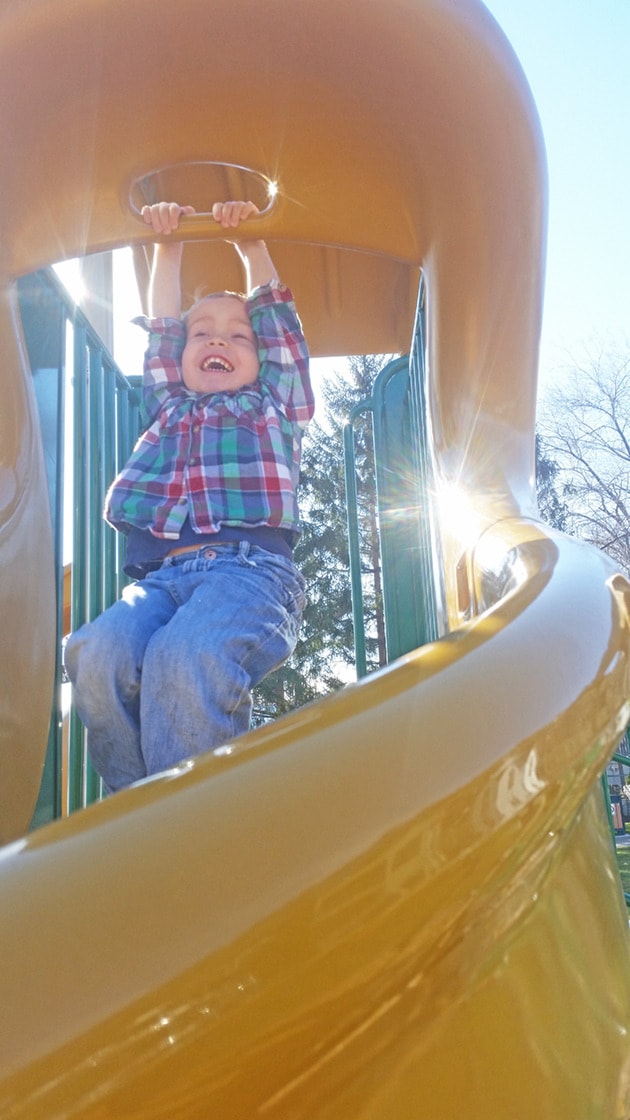Sun lovers had cause to rejoice this week with a series of hot days warming up B.C.
“From Prince George, southward, we broke temperature records everywhere,” said Lisa Coldwells, an Environment Canada meteorologist.
In Kelowna, the first record fell on Monday when the mercury reached 27.4 C. The previous record for April 18 was 22.2 C and that was set in 1900.
Tuesday was similarly sizzling, with temperatures reaching 28 C. The previous record was 23.8 C, and that was set in 1994.Temperatures were forecast to reach 30 C Wednesday, but Coldwells said that may be a bit optimistic. Regardless, a record will likely be broken as the previous temperature record was 26.7 C reached in 1942.
“The ridge of high pressure is expected to shift on Thursday, and cloud will sneak in making it cooler,” said Coldwells, adding that the temperature that day will llikley be around 26 C, breaking a record of 24.7 C set in 2015.
“But by the weekend the ridge will move off and we’re expecting showers and a high of 17 C, which is normal for this time of year.”
The hot weather came courtesy of a high ridge of pressure that built up in the Baja, California area, which pushed all the heat northward into B.C.
While Okanagan residents may have been enjoying the benefits of warm weather, getting outside and filing into area parks, it hasn’t been great news everywhere in B.C.
Over the course of 48 hours, Northern B.C. had a series of fires that are still displacing nearby residents. Thirty seven of those fires cropped up on Monday alone, while there are 54 currently burning.
“It’s not uncommon to have early spring grass fires,” said Kevin Skrepnek chief fire information officer with B.C. Wildfire Service.
“Typically you have a lot of dead grass and fuel before spring rains come in and green things … but I think it’s fair to say that this is an unusually high level of activity right now.”
The vast majority of fires burning at the moment are human caused, said Skrepnek, but what’s making them trickier than usual is the spate of hot weather.
And, unless things cool down and dampen, it may be a rough summer.
“The trick is, and we say this across the province, you can have a busy April and May, but the key indicator on how the core summer proceeds is June rain,” he said. “Rains could come in, wash it away and put us back to square one.”
Environment Canada, however, is calling for a warmer than usual summer across B.C., Skrepnek said. Whether the rain will come remains to be seen.
Coldwells said they can’t make precipitation prognostications with any degree of accuracy.
“We’ve come out of El Nino winter, which was a record tying El Nino event—the last one of this strength was 1997 to 1998—and we have El Nino spring at this moment,” she said. “El Nino takes awhile to get up to Western Canada, so we are seeing the affects through February, March and April. It’s decaying and moving toward neutral.”
May will also likely be warmer than usual, but by summer the Okangan should be its normal, balmy self.
